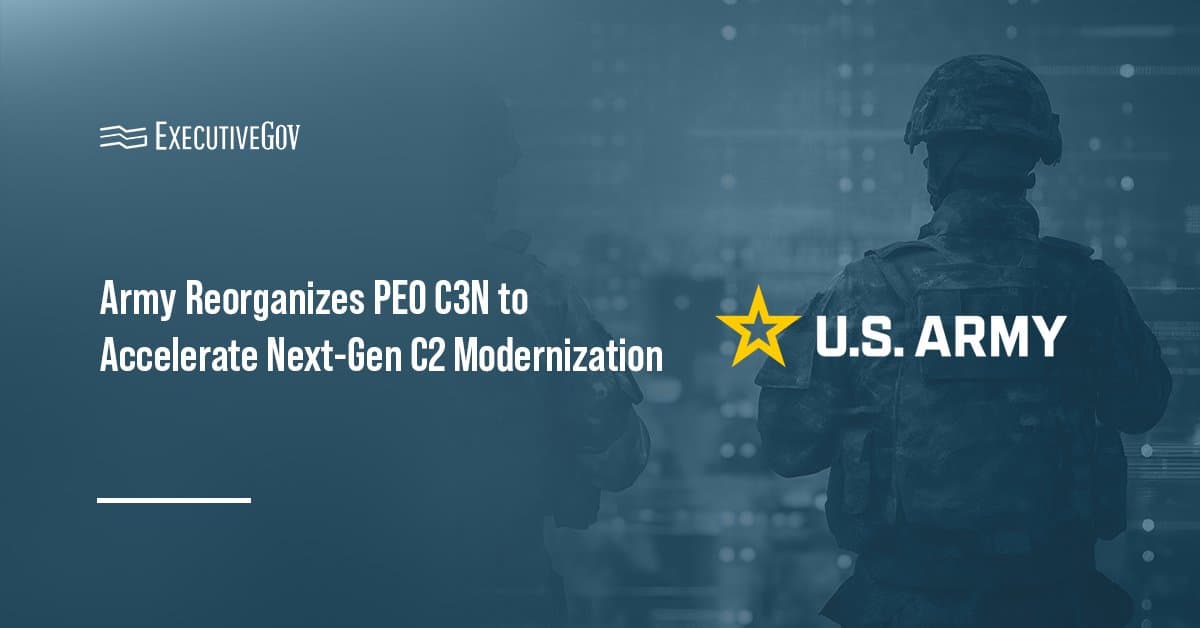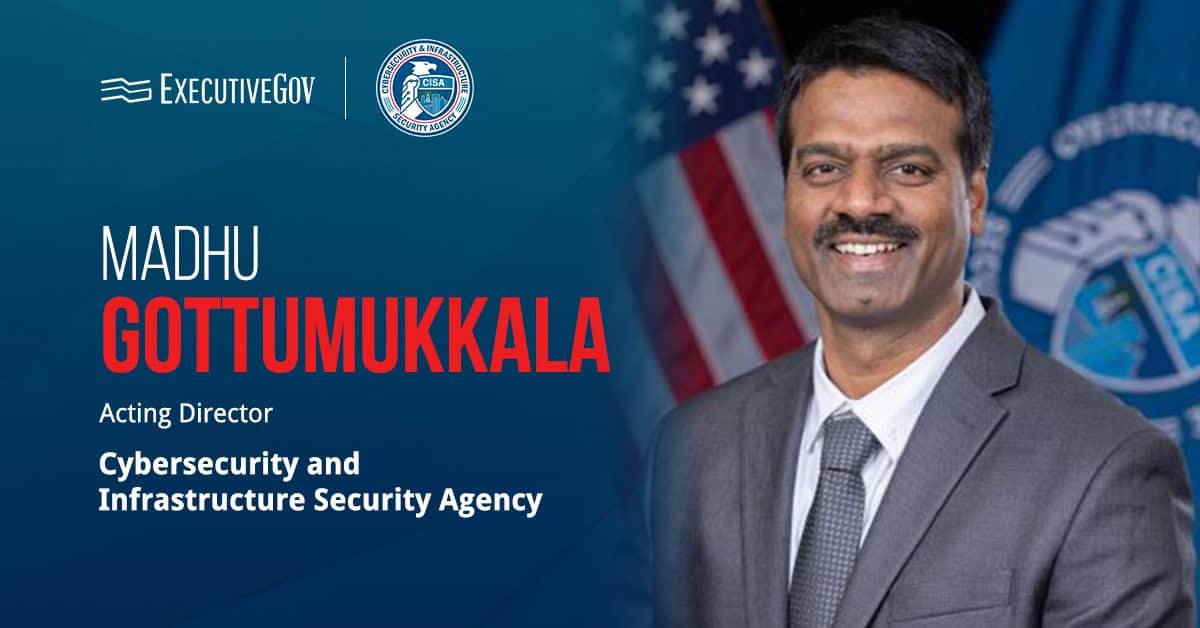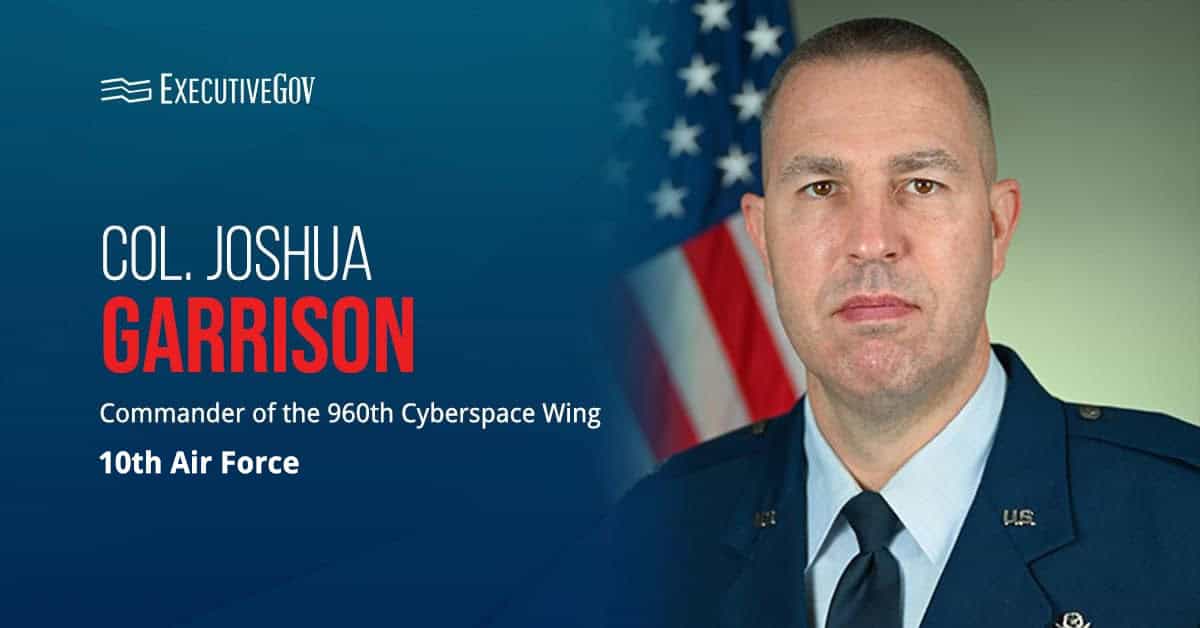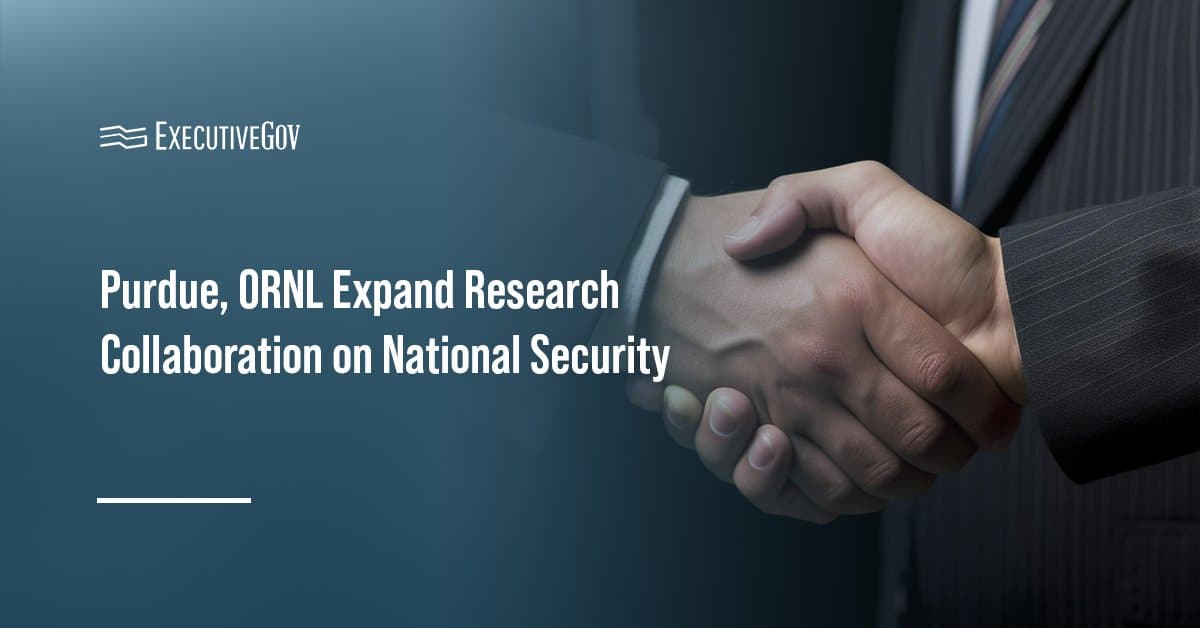Palo Alto Networks is offering to federal agencies discounted rates on its artificial intelligence, cloud, software and other digital defense services through its new OneGov agreement with the General Services Administration.
The exclusive pricing is available to government users through January 31, 2028, GSA said Thursday.
“Securing federal networks and data will be easier and more cost-effective for agencies, thanks to this OneGov agreement with Palo Alto Networks,” commented Josh Gruenbaum, commissioner of GSA’s Federal Acquisition Service and a 2025 Wash100 winner.

Get updates on the zero trust and modernization journeys of various federal agencies at the Potomac Officers Club’s 2026 Cyber Summit on May 21. Secure your tickets to this critical GovCon event today.
Table of Contents
What Does Palo Alto Networks’ OneGov Agreement Cover?
Agencies will receive 60 percent off the listed price for designated bundles of Prisma AIRS Runtime Security and VM-Series software firewalls, Panorama and Cloud Delivered Security Services, and Prisma SASE and Prisma Browser for Zero Trust. Meanwhile, the Code to Cloud is available to agencies at a 35 percent discount.
Eric Trexler, senior vice president of public sector at Palo Alto Networks, told NextGov/FCW that his company designed the offerings to support zero trust and IT modernization.
“By leading with integrated, next-generation platforms — specifically Prisma AIRS for AI security and our automated, AI-driven security capabilities — we are equipping federal agencies to consolidate their architecture, drive critical cost rationalization and immediately leverage the automation required to keep pace,” he stated.
“This partnership with the GSA is about more than cost efficiency; it is about equipping federal agencies with the security platforms from AI, cloud and network security needed to fortify our digital borders,” Nikesh Arora, chair and CEO of Palo Alto Networks, added.
Which Other Companies Have OneGov Agreements With GSA?
OneGov is GSA’s comprehensive plan to utilize the federal government’s collective spending power and negotiate with original equipment manufacturers to secure discounts on IT products and services.
GSA also recently signed an agreement with SAP to offer database, analytics, integration and cloud platforms to federal agencies at discounted prices.
Perplexity, Google, xAI, Meta, ServiceNow and Microsoft also have OneGov deals with GSA.














